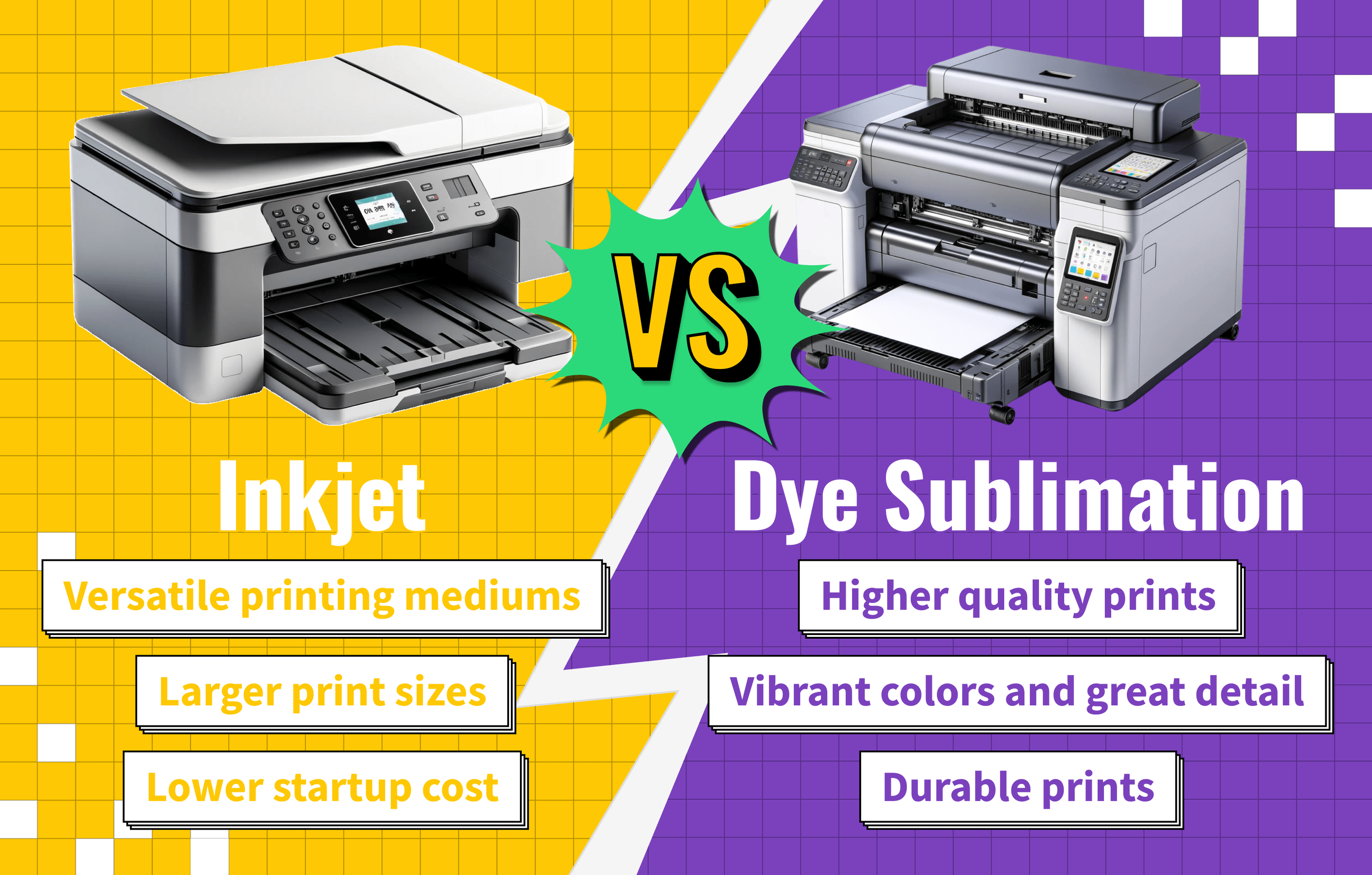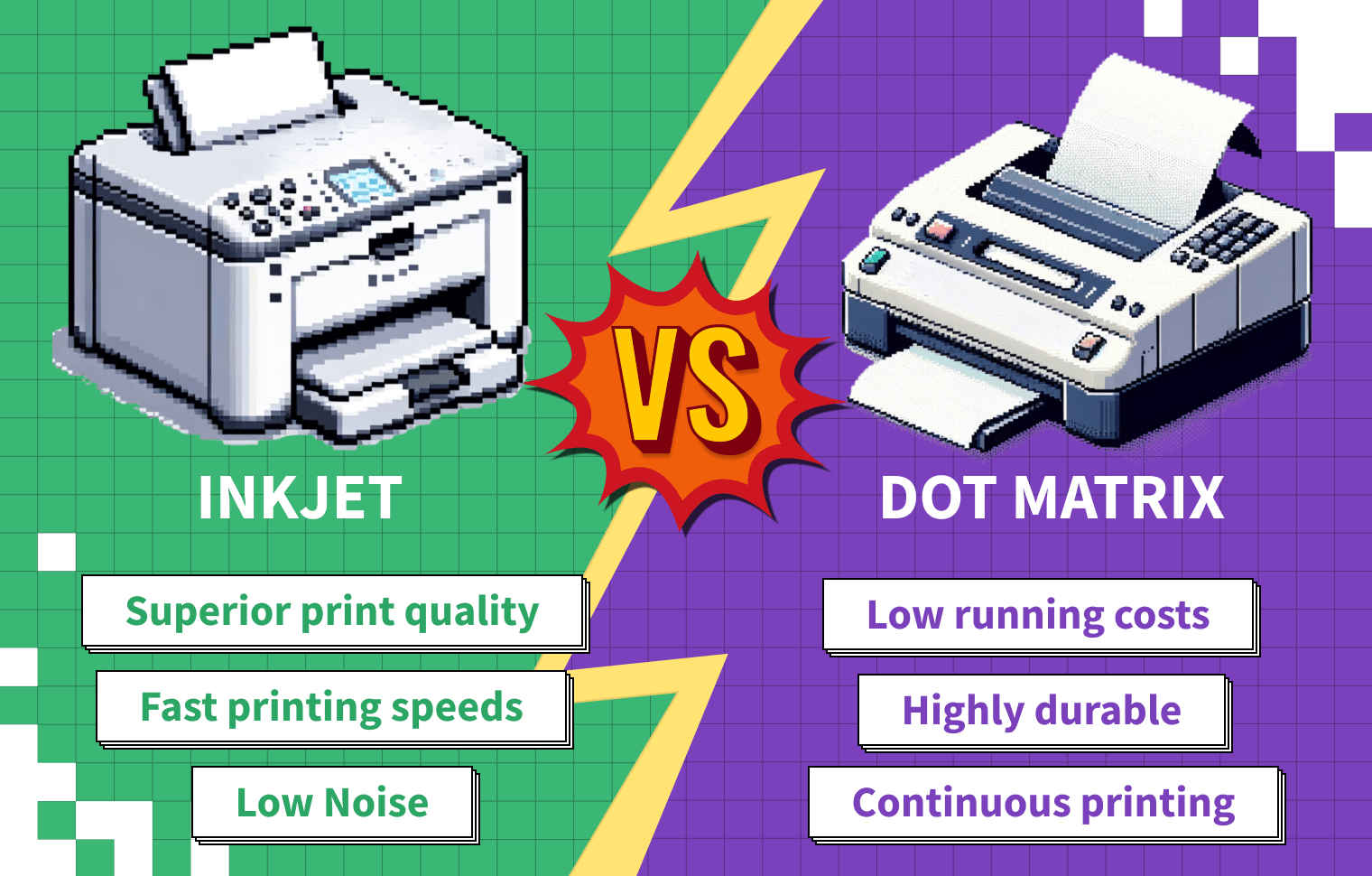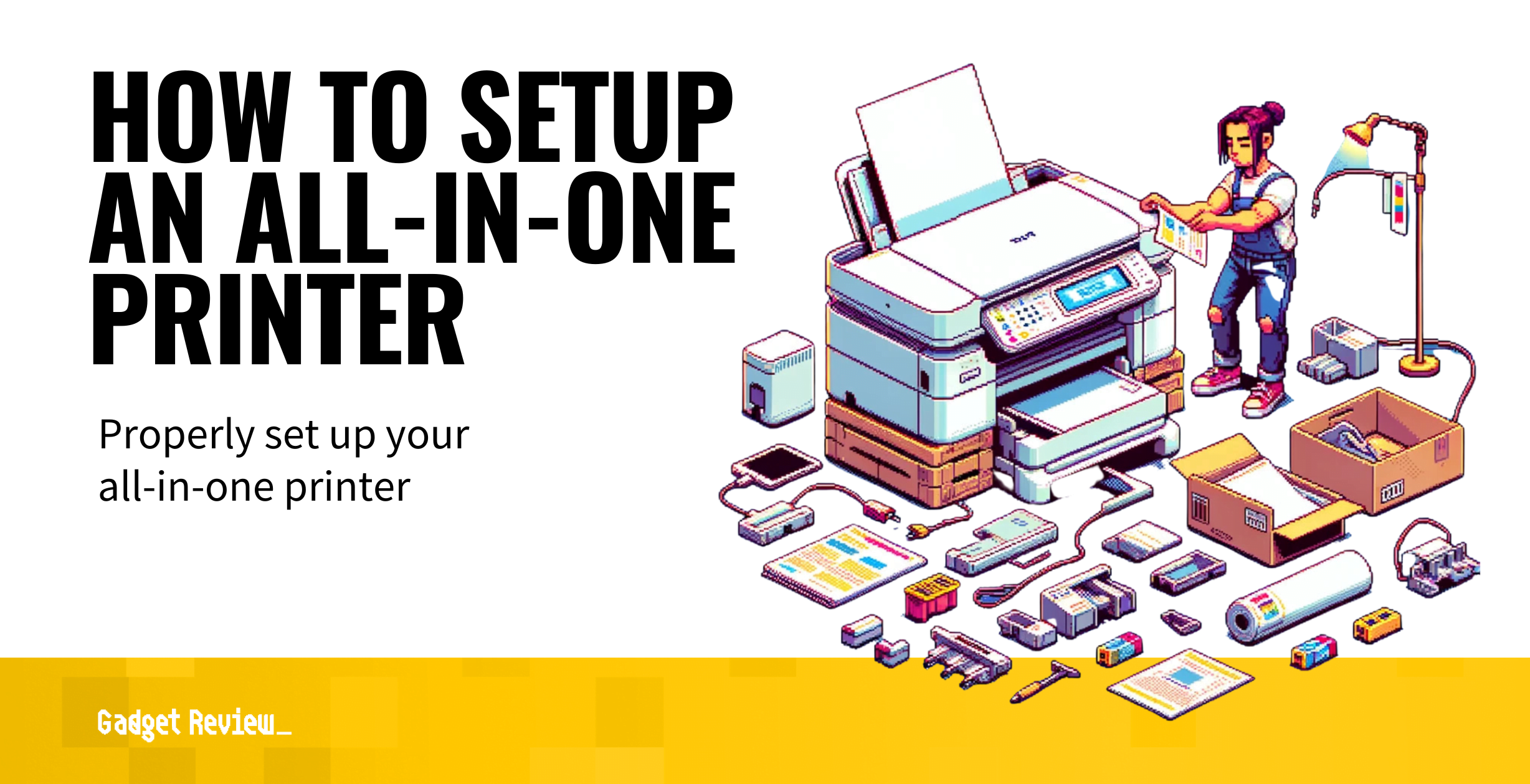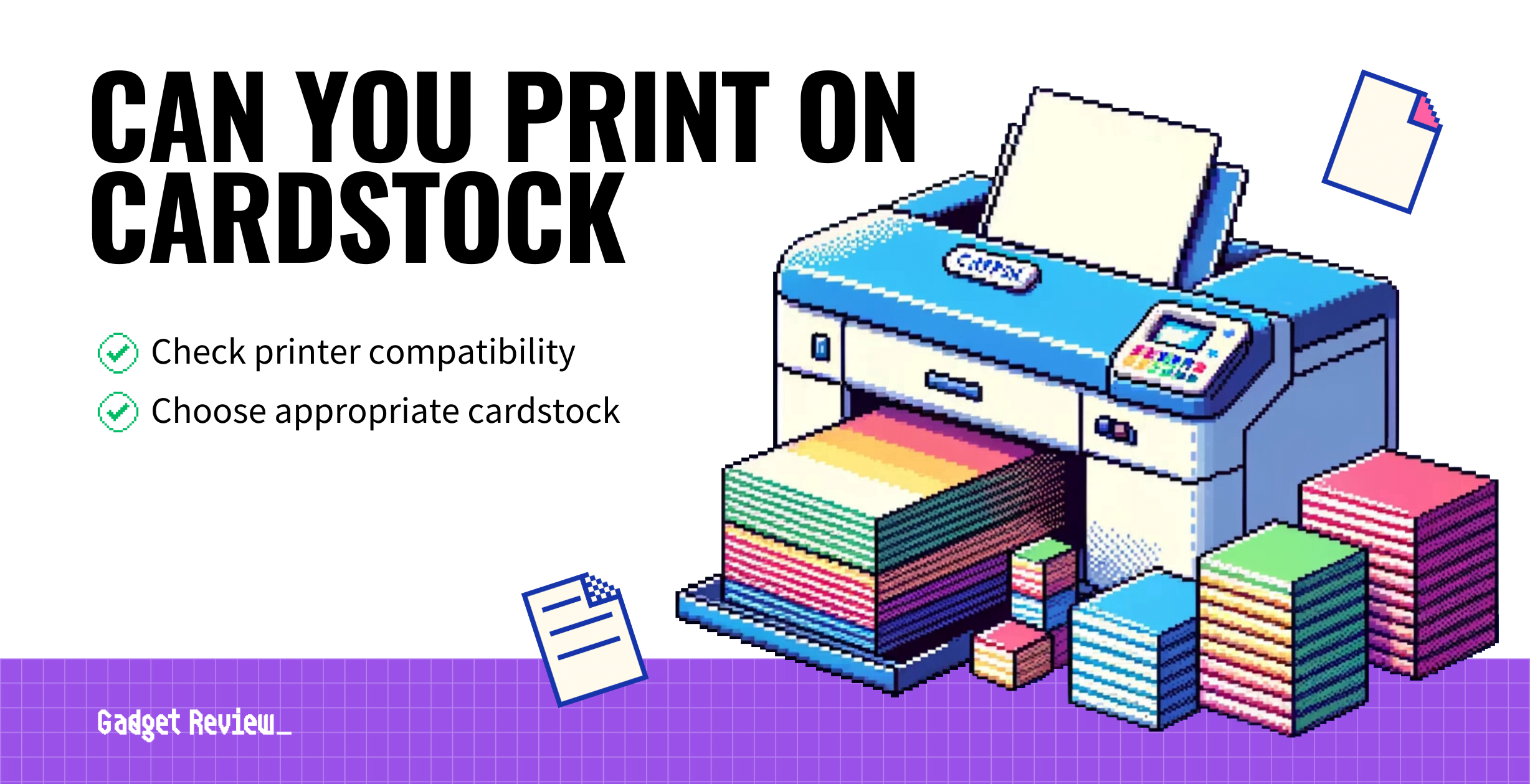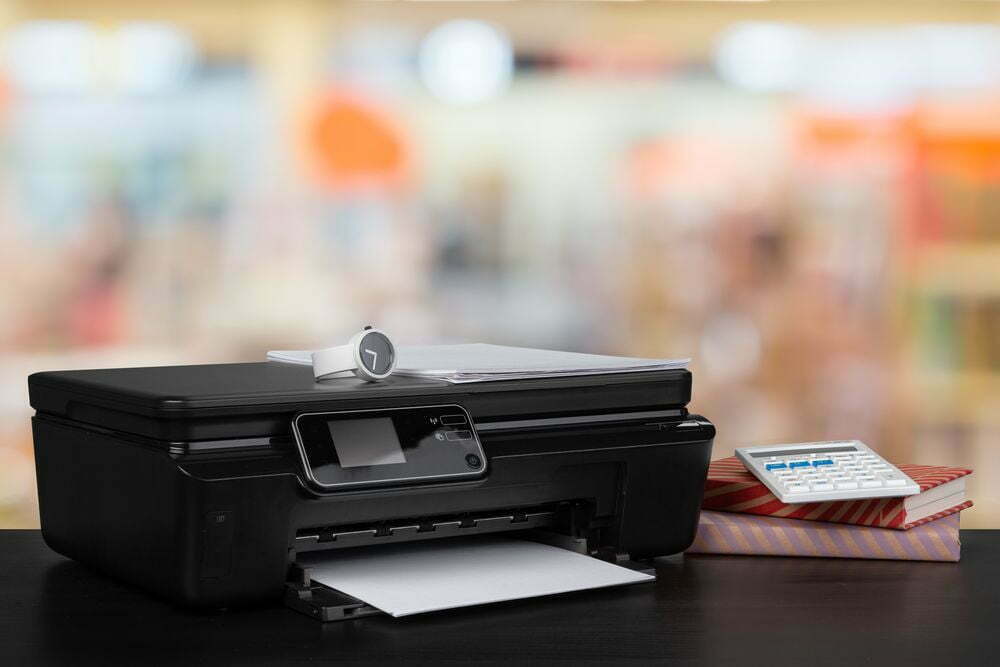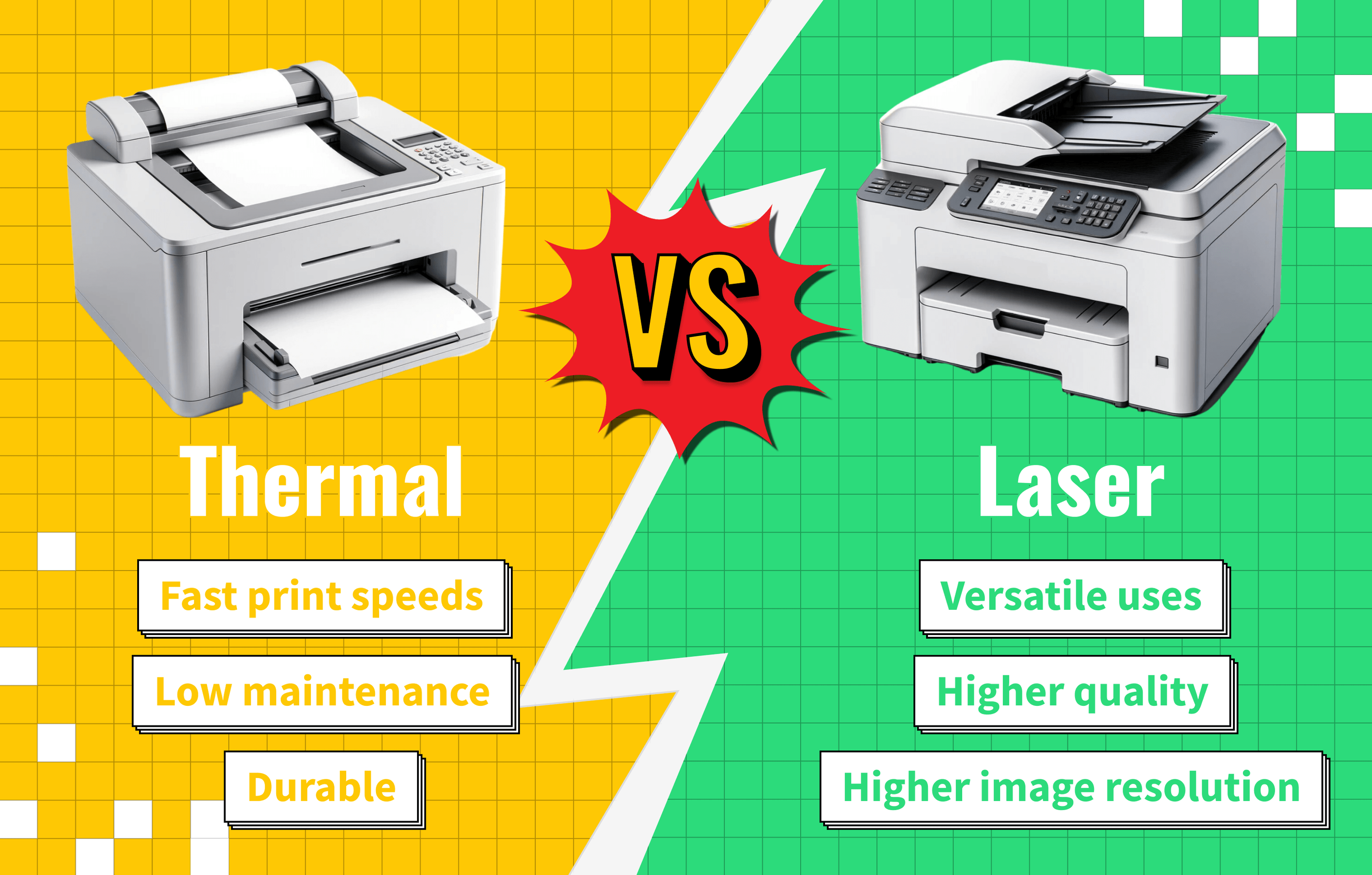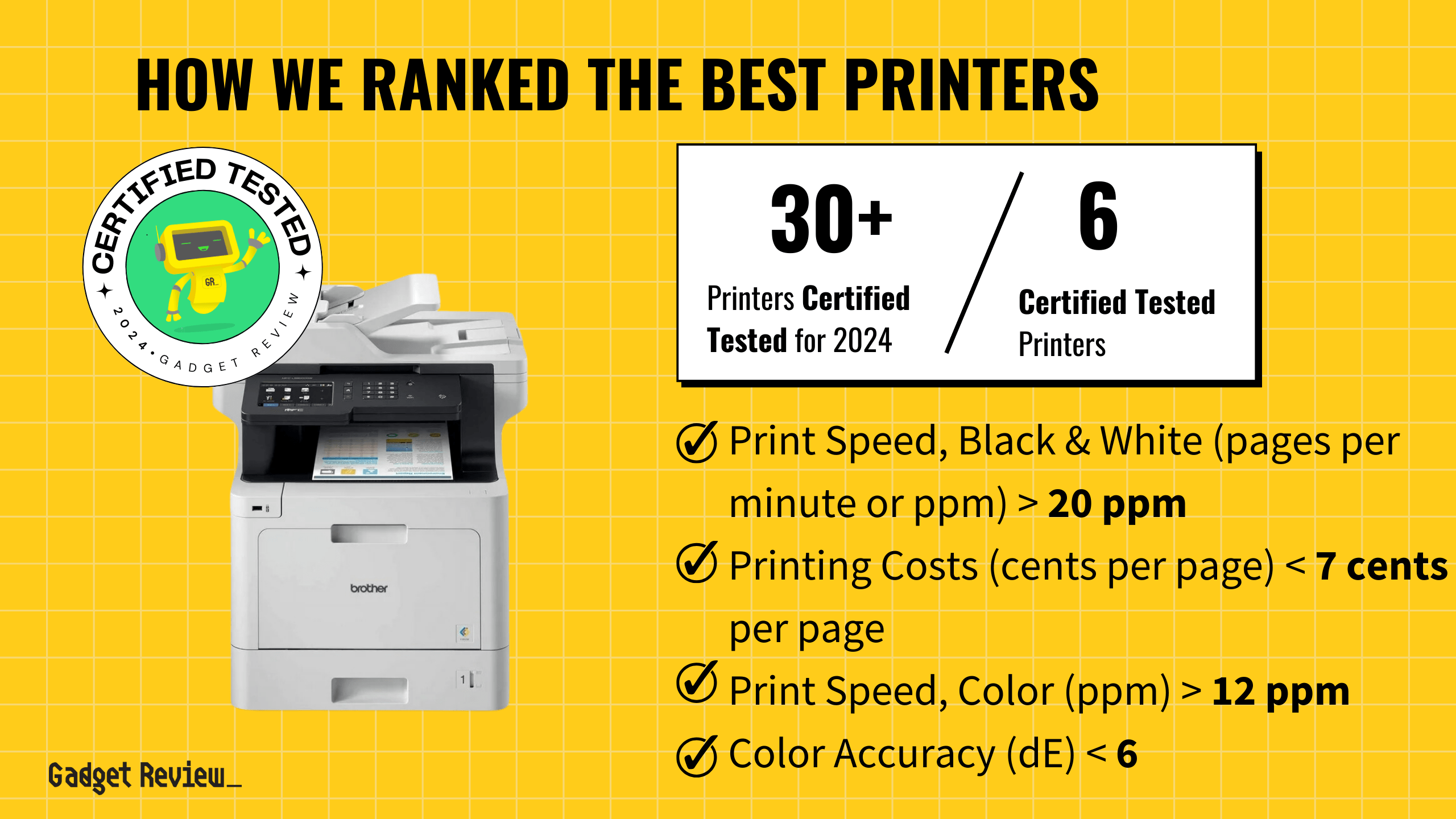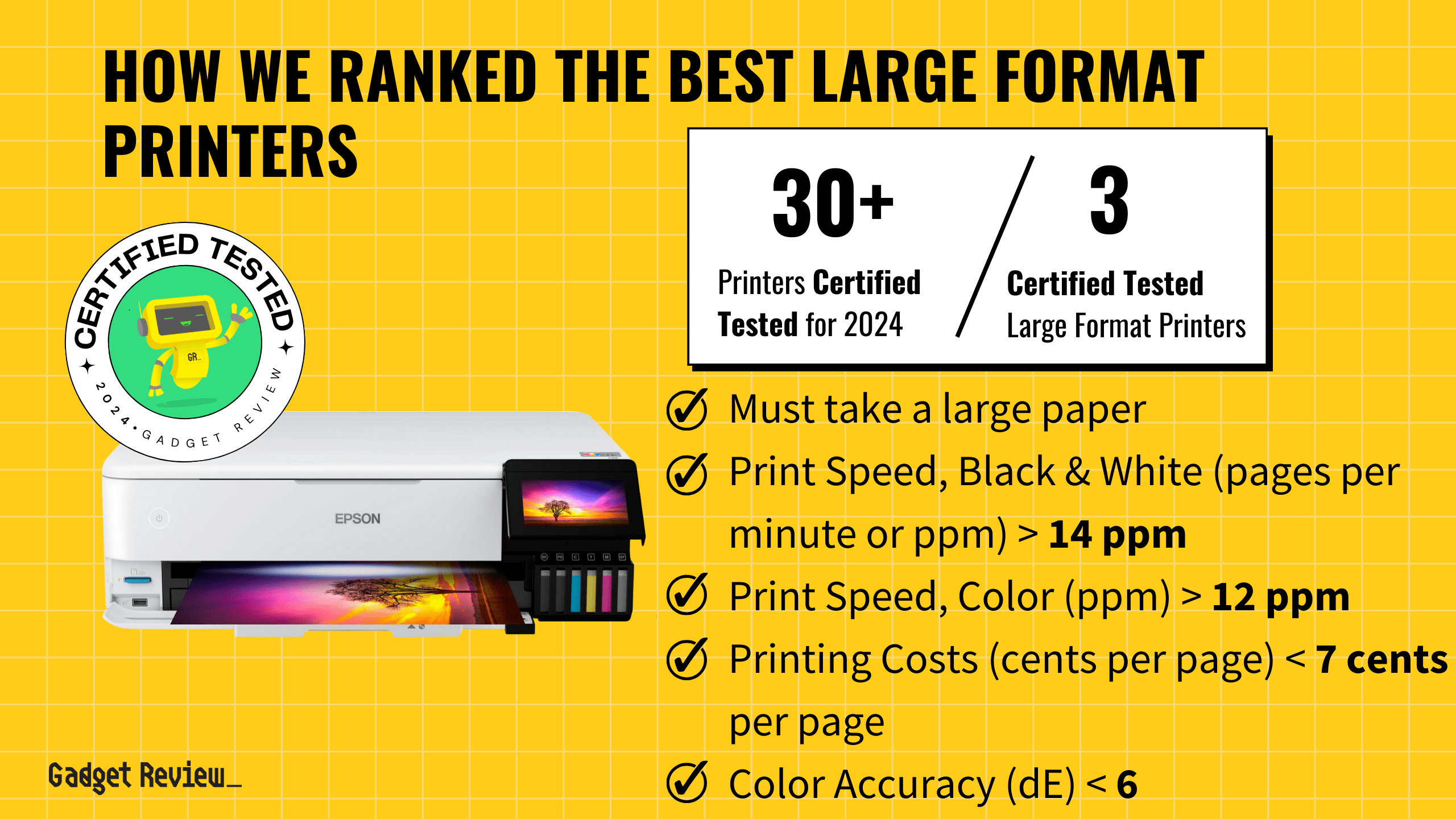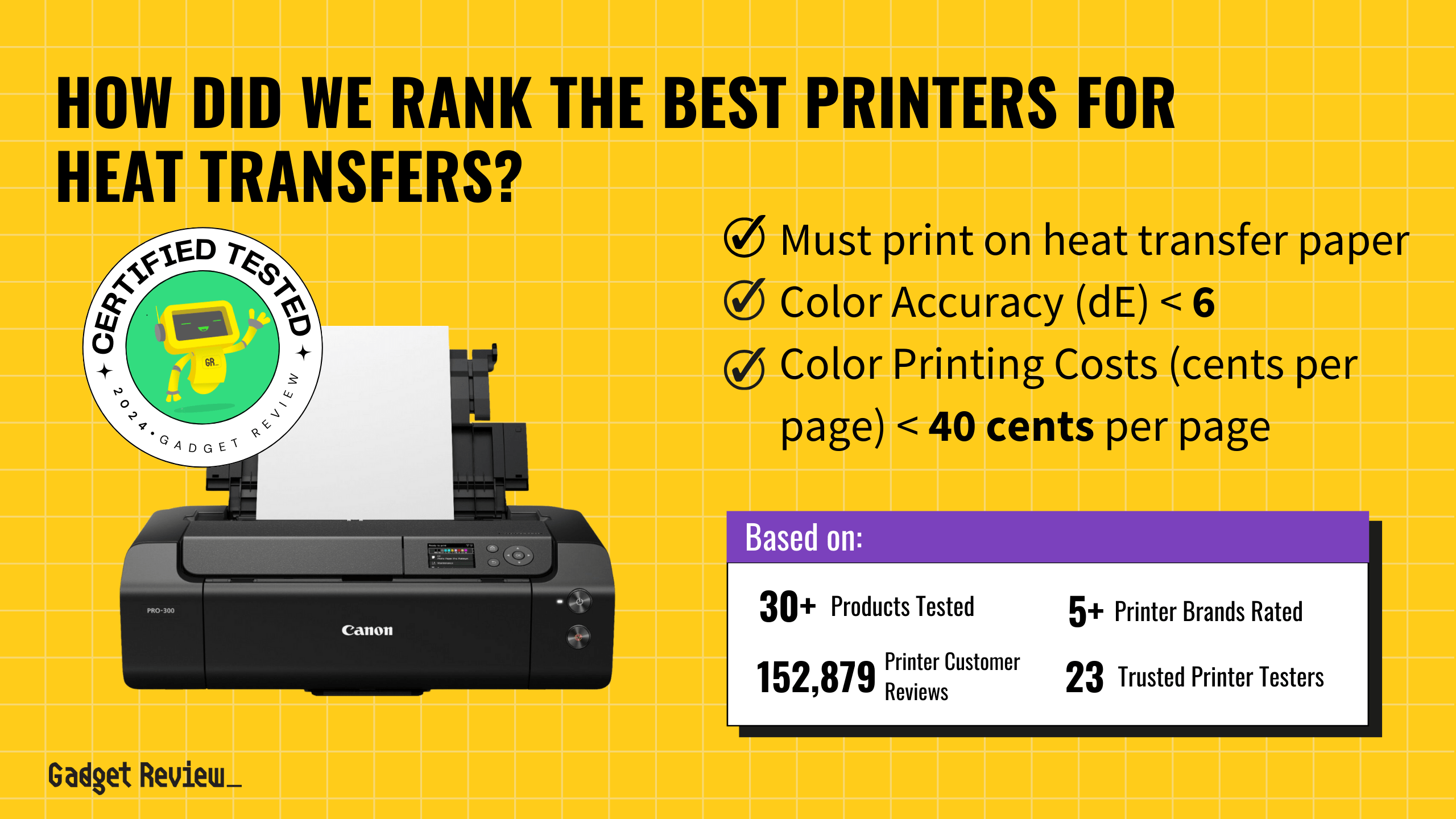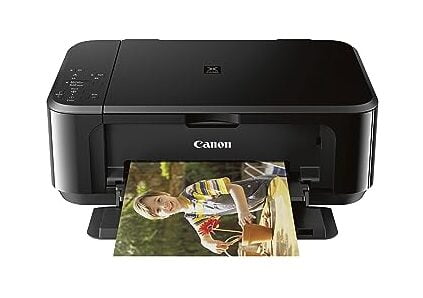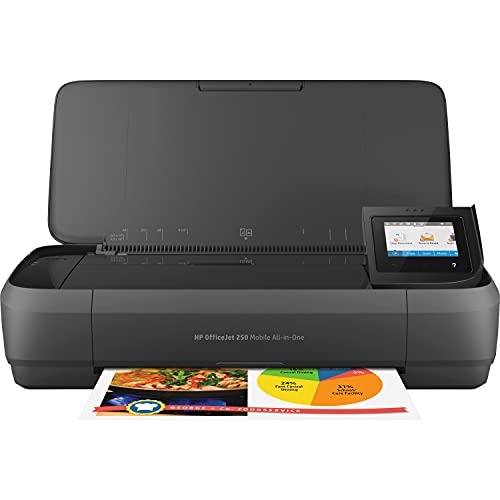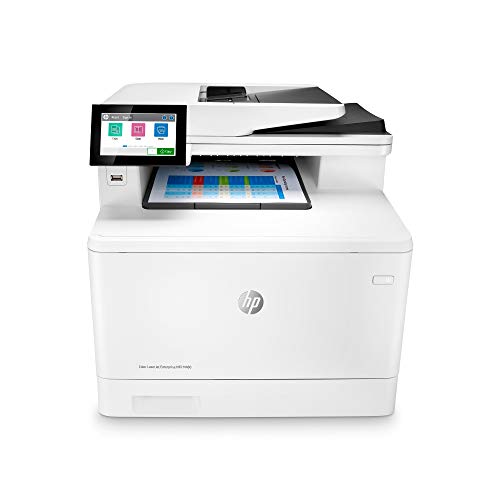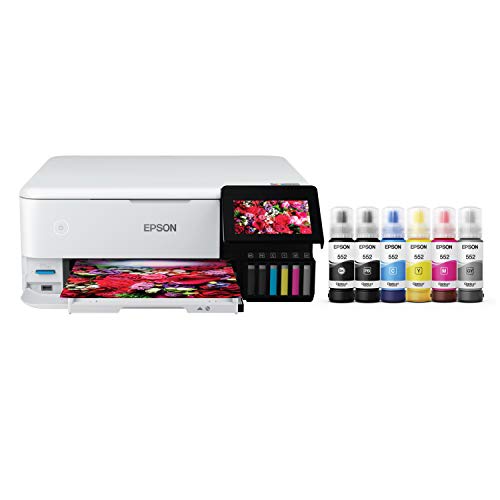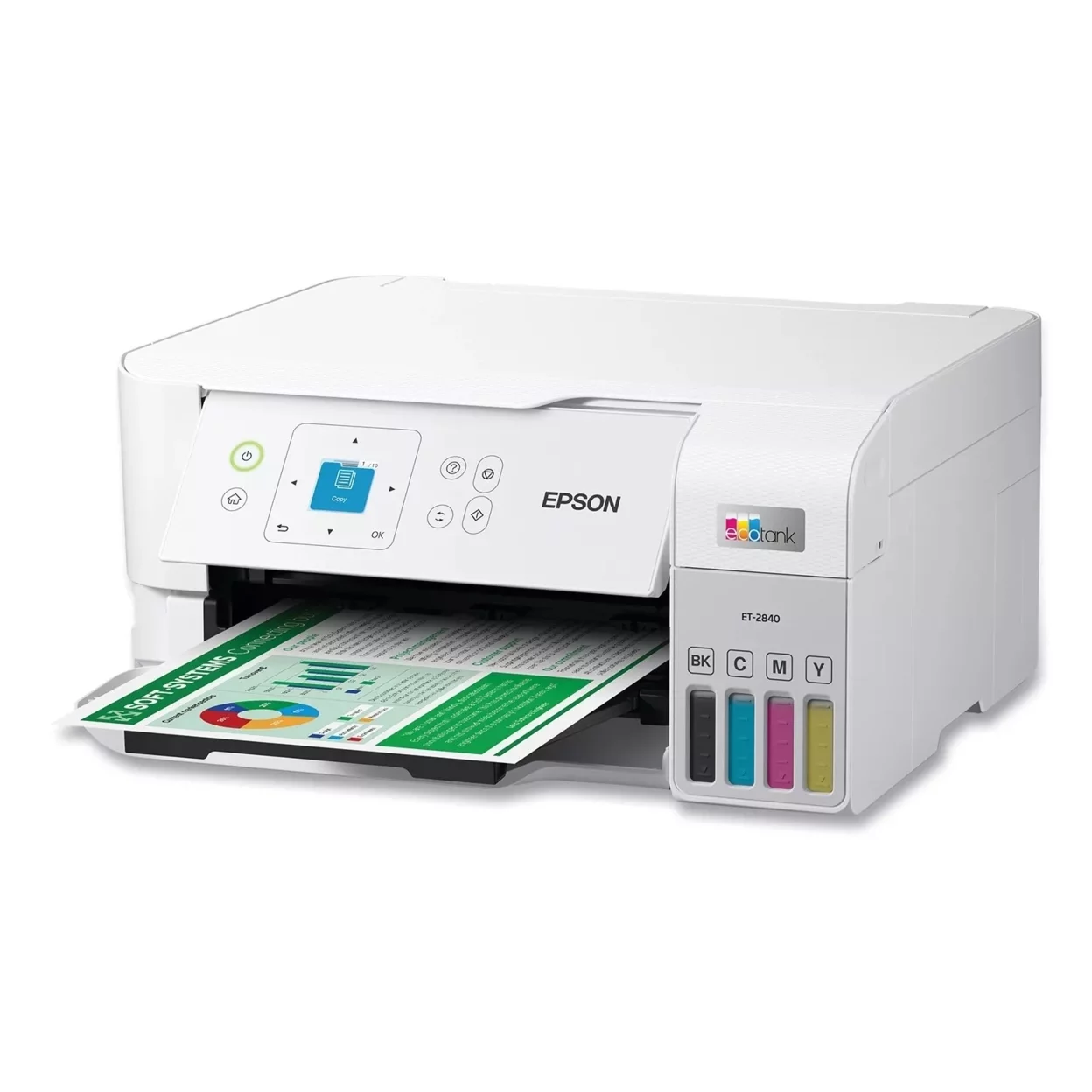Dye sublimation and inkjet are two printing technologies that differ in how they adhere the ink to the page. Inkjet can create high-quality images and is far more versatile, whereas dye sublimation produces higher-quality prints but can’t be used on as many mediums.
Below we will go more in-depth into how these two technologies differ and help you see which option is best for your next outstanding printer.
Comparing Inkjet and Dye Sublimation Printing
First, let’s look at how each technology works.
Inkjet printers spray tiny droplets of ink directly onto the surface. Because of this, inkjet printers can be used for a wide range of printing tasks and materials, like paper, fabric, and vinyl. These printers also have much lower upfront and ink costs.
On the other hand, using dye sublimation ink involves printing the image you want onto transfer paper and then using heat and pressure to transfer that image to your desired print. This process transfers the ink into the print instead of just on the surface.
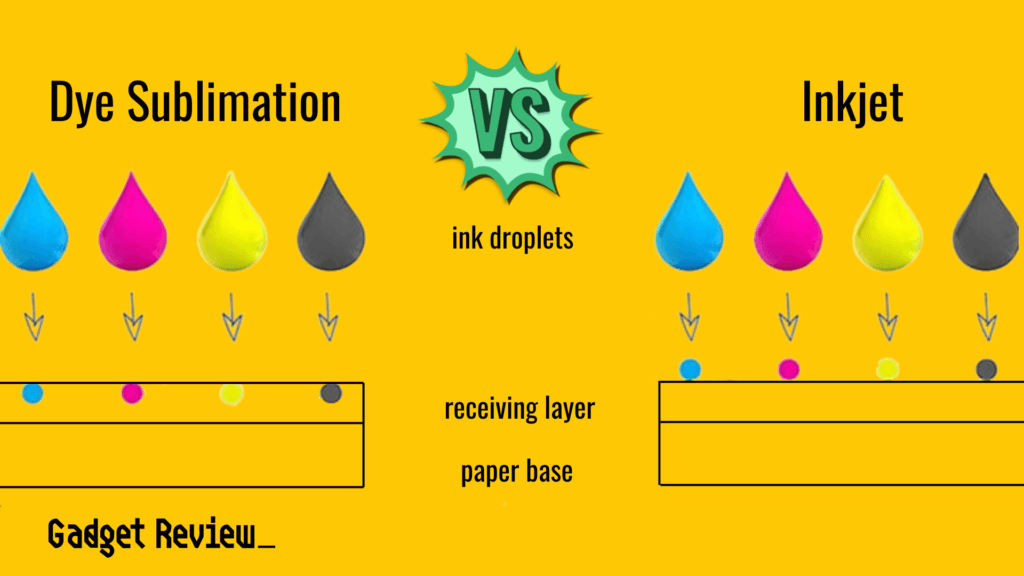
As a result, the image is a higher resolution and more durable as this allows the ink to saturate the print, then the heating process vaporizes the ink, resulting in more vivid and dynamic colors. The process also makes the print more resistant to fading.
Keep reading for a more thorough comparison.
Printing Process
While neither is particularly difficult to use, there is a clear winner in this round. A dye-sublimation printer is made to have an incredibly easy-to-use interface that takes little work to figure out.
Depending on the model, an inkjet printer might be far more complicated. If you want to see how they stack up against other options, compare an inkjet vs. a dot matrix printer.
Print Quality
Most people would agree that they’d prefer a high-quality print to a lesser-quality one. Because of this, having excellent image quality is a huge factor in their purchase decisions.
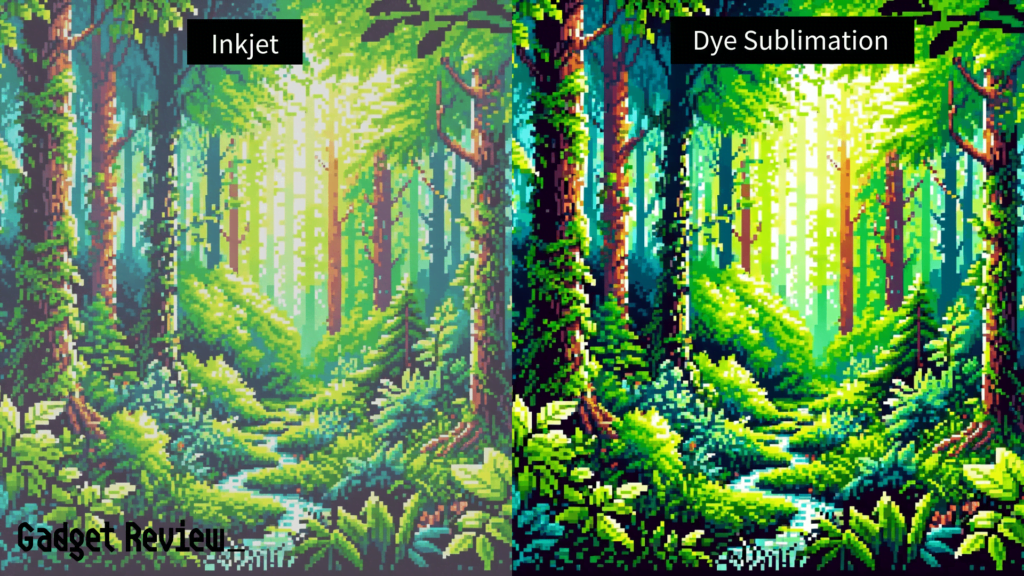
In general, inkjet prints are highly detailed and accurate, making them suitable for tasks like photo printing and graphic design. However, dye sublimation prints offer more vibrancy and are longer-lasting with exceptional color saturation. This makes them better for applications requiring durable and fade-resistant output, such as textiles and promotional items.
Range of Colors
A dye-sublimation printer will produce precise color matches when it comes to color quality. You also won’t experience banding in gradients, which is a huge plus.
On the other hand, inkjet printers can create end products with great image quality. They just fall short in comparison to the sublimation process. If you want to try a different type of printing, look into a thermal vs. a laser printer.

